Kipor Sinemaster IG2000i User manual
Other Kipor Inverter manuals
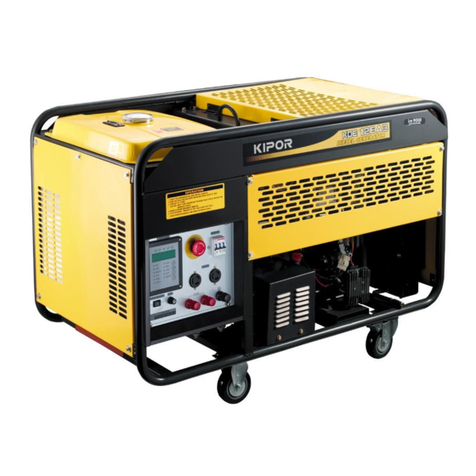
Kipor
Kipor KDE12EA User manual
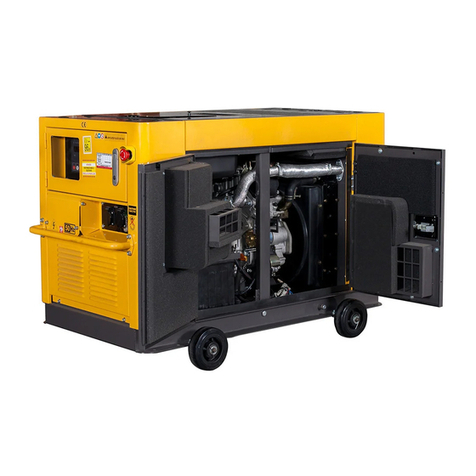
Kipor
Kipor KDE11SS Installation manual
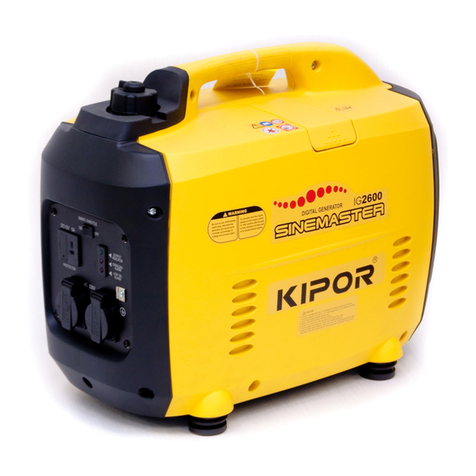
Kipor
Kipor Sinemaster IG2600 User manual
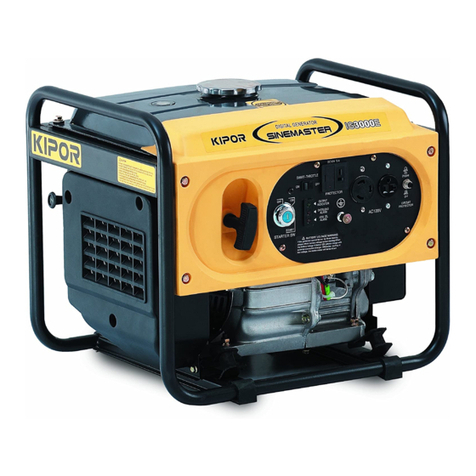
Kipor
Kipor IG3000E User manual

Kipor
Kipor IG3000E User manual

Kipor
Kipor IG3000 User manual
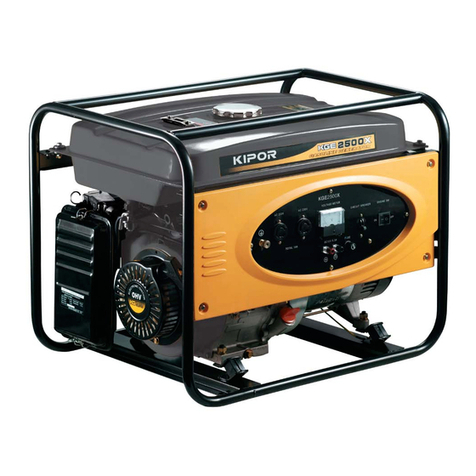
Kipor
Kipor KGE4000X User manual
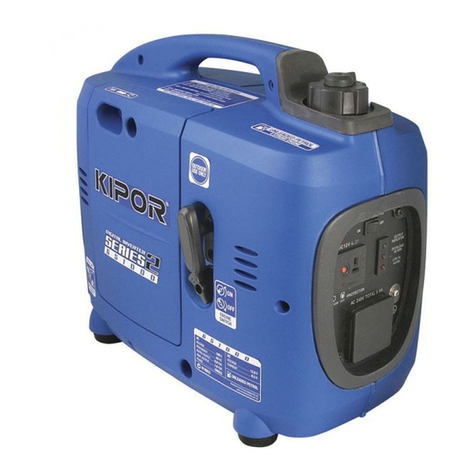
Kipor
Kipor GS1000 User manual

Kipor
Kipor KG390 User manual
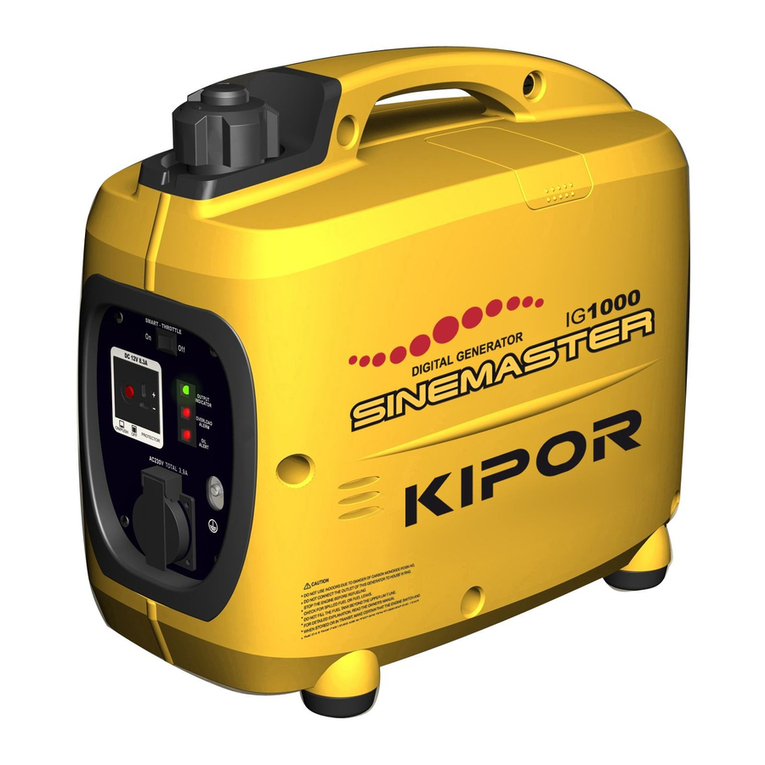
Kipor
Kipor IG1000 User manual
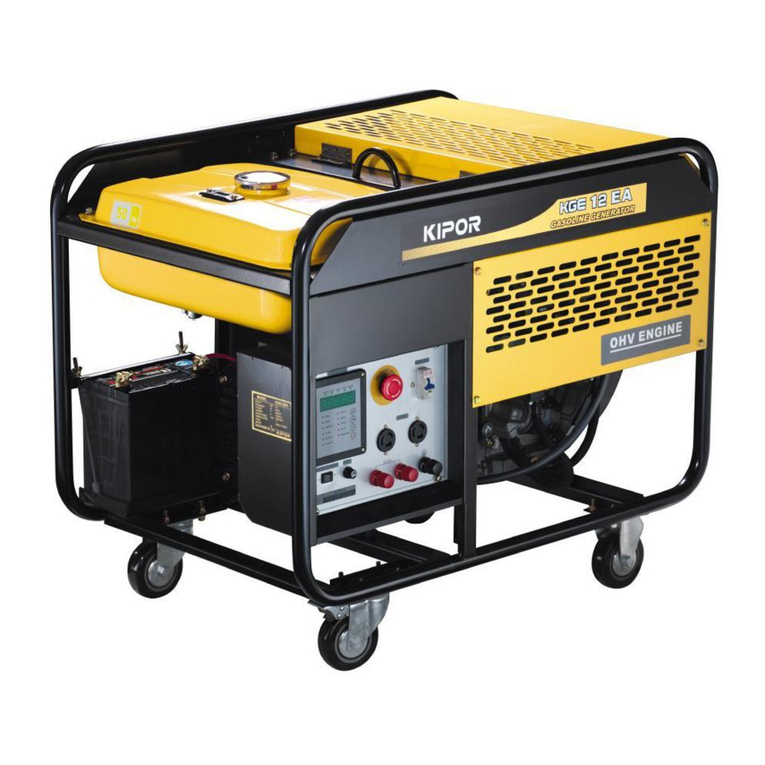
Kipor
Kipor KGE12E User manual
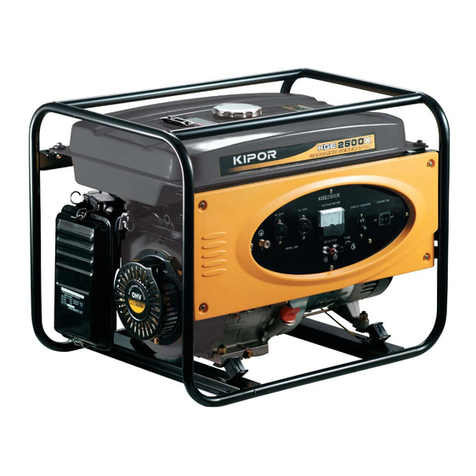
Kipor
Kipor KGE2500X User manual
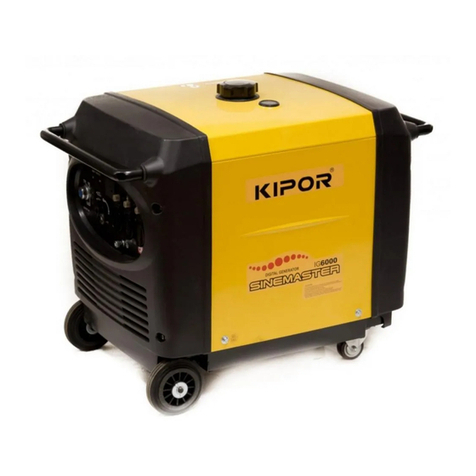
Kipor
Kipor IG6000 User manual

Kipor
Kipor IG6000 User manual
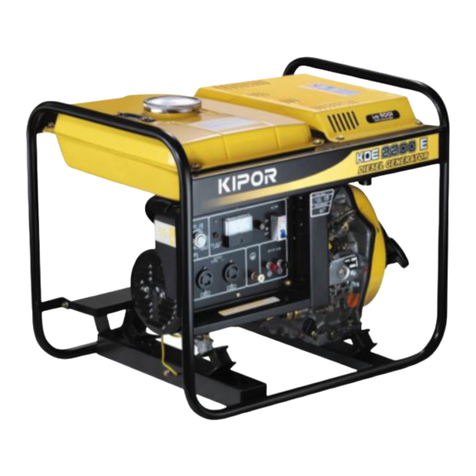
Kipor
Kipor K DE2200X/E User manual
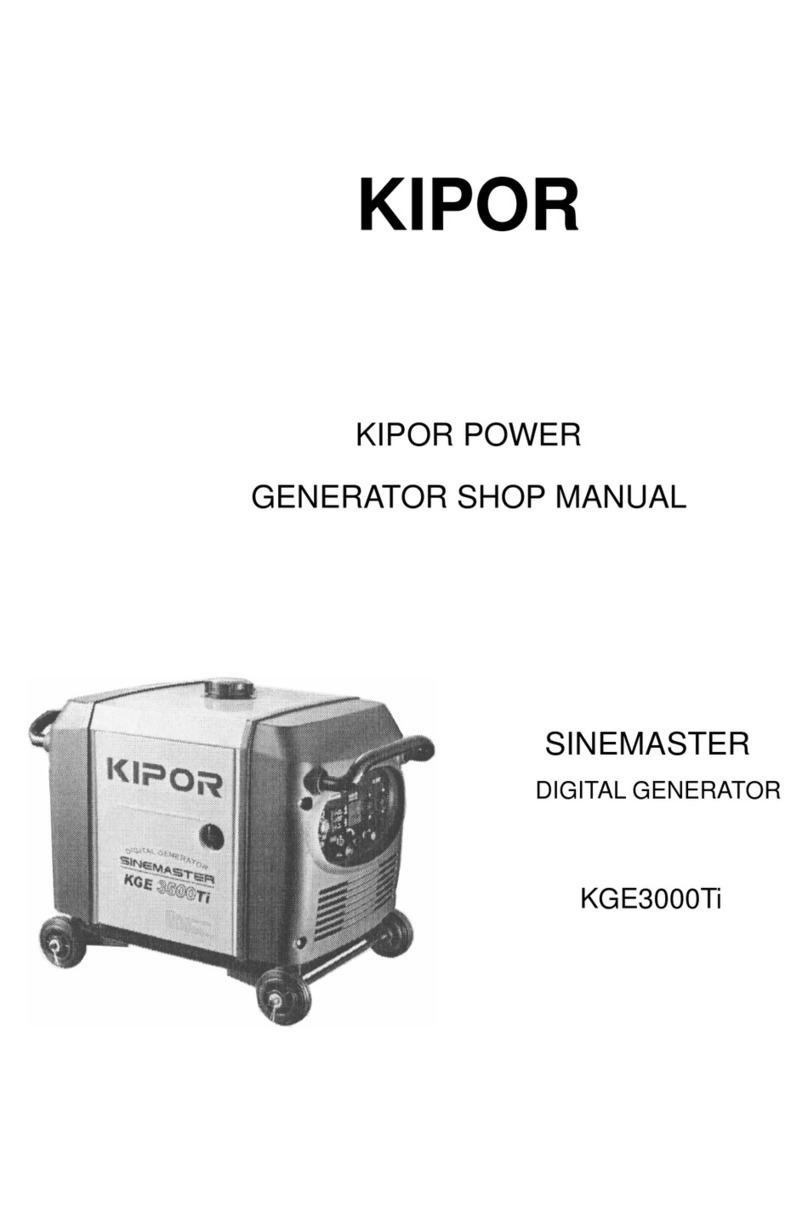
Kipor
Kipor KGE3000Ti Install guide

Kipor
Kipor IG6000 User manual
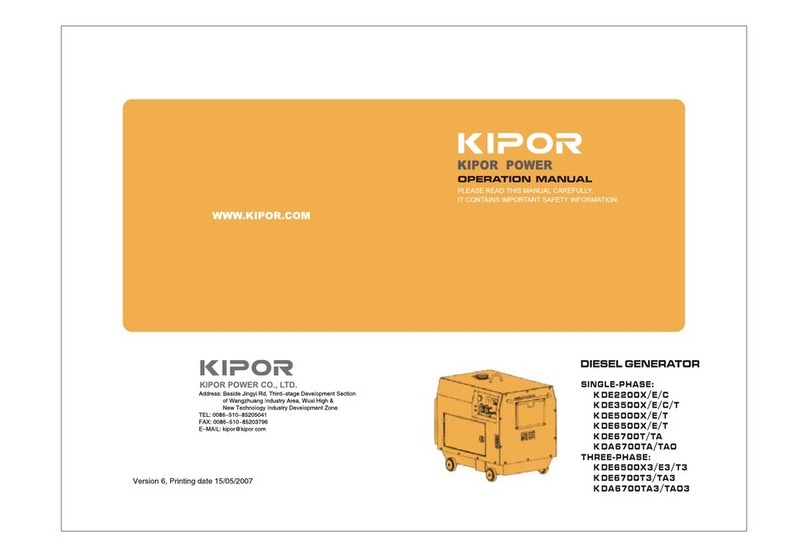
Kipor
Kipor K DE2200X Installation manual
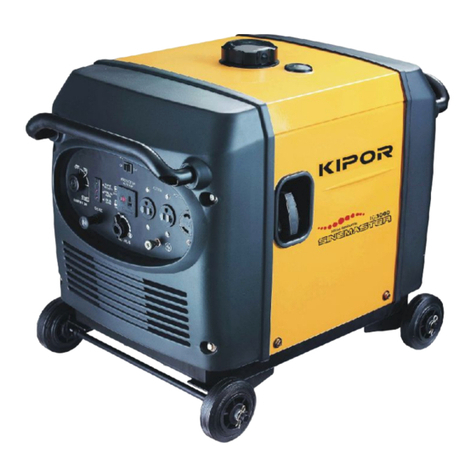
Kipor
Kipor IG3000 User manual
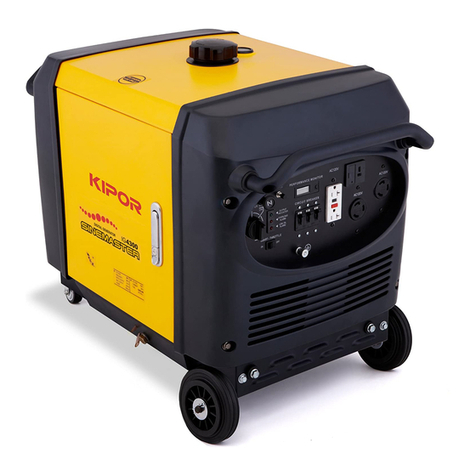
Kipor
Kipor SINEMASTER IG4300 User manual
Popular Inverter manuals by other brands

BARRON
BARRON EXITRONIX Tucson Micro Series installation instructions

Baumer
Baumer HUBNER TDP 0,2 Series Mounting and operating instructions

electroil
electroil ITTPD11W-RS-BC Operation and Maintenance Handbook

Silicon Solar
Silicon Solar TPS555-1230 instruction manual

Mission Critical
Mission Critical Xantrex Freedom SW-RVC owner's guide

HP
HP 3312A Operating and service manual





















